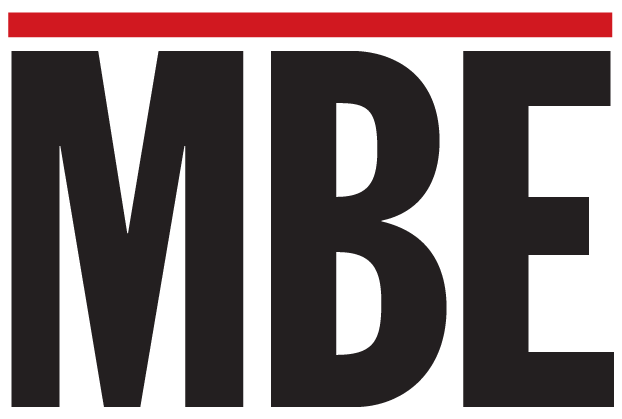
Short-form videos are shaping the way we focus, think, and consume content
Remember when people could watch a full YouTube video without clicking away? Those days may be over. A study reveals that our ability to focus on screens has plummeted from 2.5 minutes in 2004 to just 40 seconds today—the same length as many TikToks and Instagram Reels. As platforms optimize for bite-sized content, experts warn that our brains may be adapting to this rapid, scroll-based consumption.
According to research on attention spans, the median screen focus time has settled at just 40 seconds, meaning half of all measured attention spans are even shorter. At the same time, platforms like TikTok, YouTube Shorts, and Instagram Reels are dominating engagement, proving that shorter is better when it comes to capturing audiences.
Are We Losing Our Ability to Focus?
This shift raises a critical question: Is short-form content reshaping not just social media but also the way we process information? As users adapt to ultra-fast consumption, brands, educators, and marketers must rethink how to communicate in an era of fleeting focus.
To unpack this trend, Keith Kakadia, CEO of Sociallyin and a leading expert in digital engagement, shares his insights on how short-form video is transforming both consumer behavior and content strategy.
“The rise of short-form video isn’t just a trend—it’s a fundamental shift in how people absorb information. With attention spans shrinking, brands and content creators must master the art of storytelling in 40 seconds or less to stay relevant.”
How to Capture Attention in 40 Seconds or Less
Here’s how brands, creators, and marketers can adapt their content to thrive in the era of ultra-short attention spans:
1. Hook Your Audience in the First 3 Seconds
First impressions matter—especially in short-form videos. Studies show that users decide whether to keep watching within the first three seconds, making those initial moments crucial. Successful creators use bold visuals, fast movement, and immediate storytelling cues to grab attention instantly. Whether it’s a shocking fact, an intriguing question, or a compelling visual, the first few seconds determine whether a viewer stays or scrolls.
Example: Instead of starting a TikTok with a slow intro, creators often jump straight into the action, using text overlays like “You won’t believe this trick!” or “Here’s what no one tells you about…” to spark curiosity.
2. Use Captions and On-Screen Text
More than 85 percent of social media videos are watched on mute, meaning a video without text could lose a massive portion of its potential audience. Subtitles, callouts, and dynamic text overlays help reinforce key messages, ensuring viewers stay engaged—even without sound.
Pro Tip: Use bold, high-contrast fonts and animated text transitions to keep the video visually stimulating. Closed captions not only make content more accessible but also improve retention.
3. Keep It Fast-Paced
Short-form videos thrive on quick edits, dynamic movement, and visual variety. The goal is to keep the viewer’s eyes engaged, preventing boredom before they can scroll away.
- Use jump cuts to eliminate pauses and dead space.
- Incorporate B-roll footage, GIFs, or motion graphics to maintain energy.
- Keep transitions seamless and fast to avoid losing momentum.
Example: Compare a slow-moving explainer video to a snappy, fast-cut TikTok—one feels like a lecture, the other feels like entertainment.
4. Deliver Value Immediately
In an era of information overload, users don’t have time for drawn-out introductions. Whether it’s entertainment, education, or inspiration, the key is to provide instant value.
- For how-to content: Start with the finished product (“Here’s how to make the fluffiest pancakes ever—let’s go!”).
- For storytelling: Start with the climax, then backtrack (“I almost lost $10,000 on this mistake—here’s what happened!”).
- For product marketing: Show, don’t tell. Instead of listing features, demonstrate immediate benefits.
5. Leverage Trends and Sounds
On platforms like TikTok and Instagram Reels, trending sounds and challenges are key to discovery. Using popular audio clips, hashtags, or remixable content formats can exponentially increase a video’s reach.
- Participate in viral trends early to gain visibility.
- Use popular sounds in the background to boost discoverability
- Remix or react to trending videos to piggyback off their engagement.
Example: A brand selling fitness gear could jump on a trending workout challenge, using viral music and a high-energy montage to showcase their product in action.
“Short-form video isn’t just about entertainment—it’s about adaptation. People’s brains are adjusting to fast-moving content, and businesses that recognize this shift will have the upper hand. If you can’t communicate your message quickly and effectively, you risk losing your audience before they even engage.” Kakadia added.












